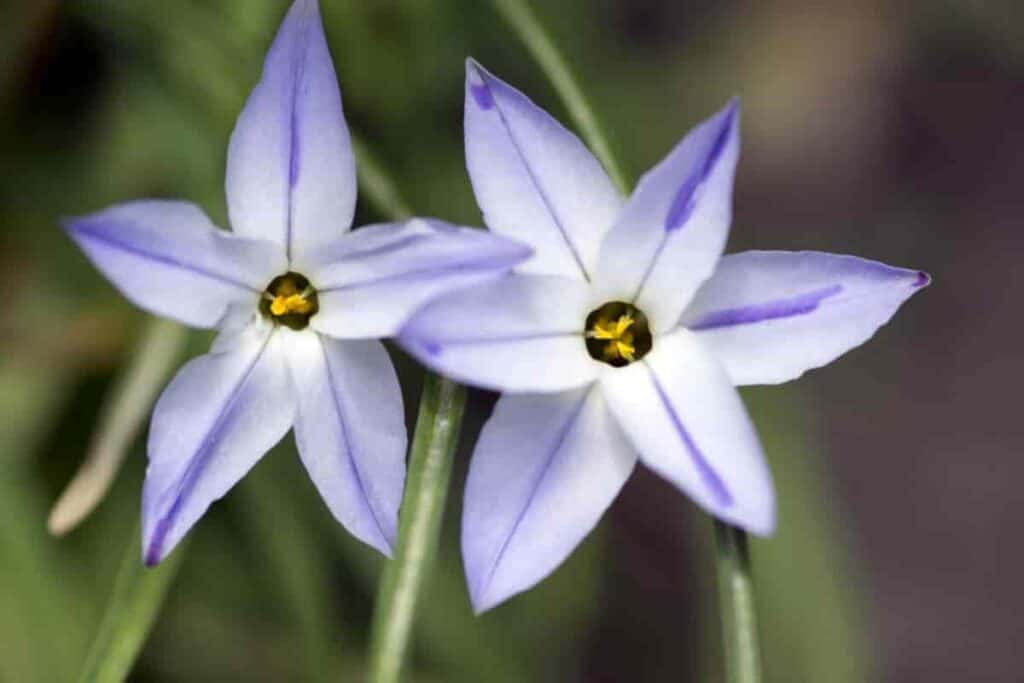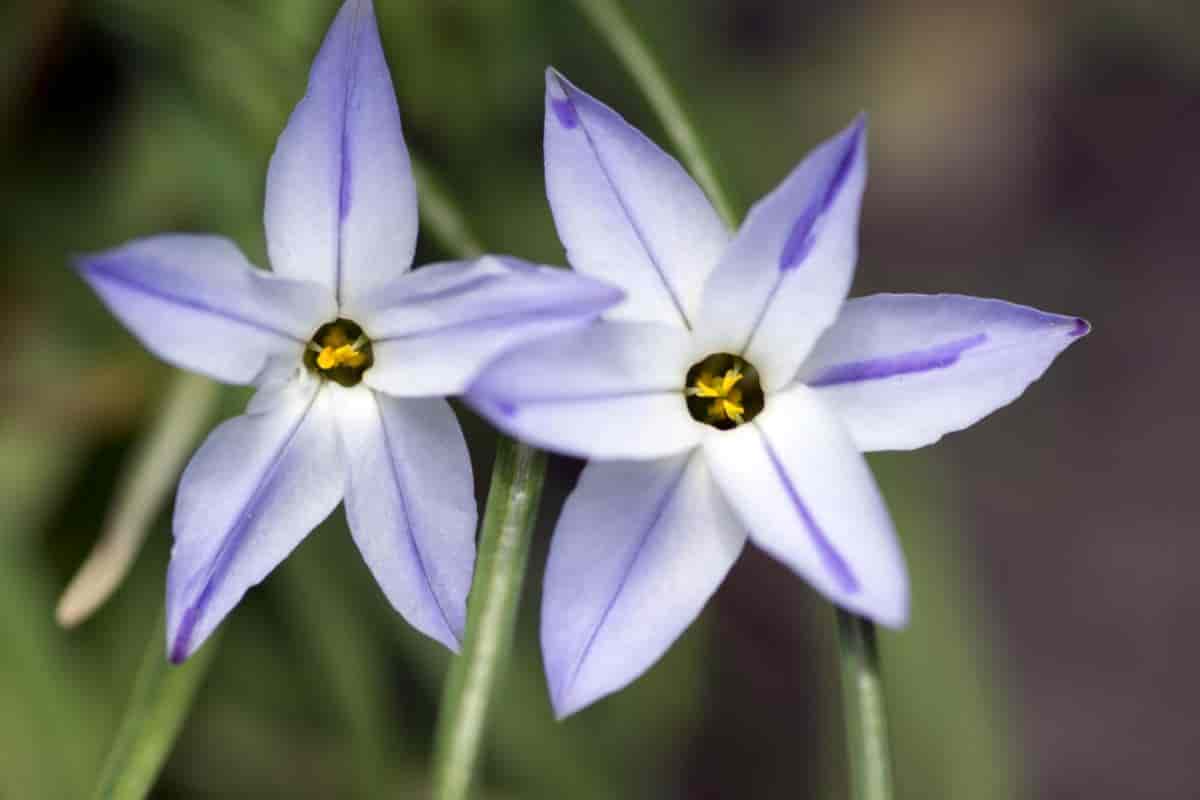Probably nothing brings more delight and enchantment to a gardener than the small, early flowering bulbs which break the dreary monotony of winter and herald the coming spring.
And apart from their early appearance, curiously enough, their fascination derives as much from their unpretentiousness as does that of the later flowers from their greater showiness.

Most of the small bulbs recommended for garden planting and naturalizing in the northern states are permanent and will increase steadily if left undisturbed.
Some of them will seed quite prolifically and increase by division of the bulbs, and so in time, will spread as widely as permitted.
Almost all of them disappear by the end of spring and thus relinquish the entire garden to their successors.
Equally as charming as the three pictured here are chionodoxas, crocus, erythronium, fritillaries, leucojum, muscari, and Scilla sibirica. Plant any of them now for next spring’s flowering.
Snowdrop Blooms
Except where Christmas roses still bear a few late flowers, the snowdrops usually give the garden its first blooms of the season – long before winter has officially ended.
The giant snowdrop, Galanthus elwesii, shown at the left surrounded by partly melted February snow, is much larger than the common form both in height and in the size of its flowers, which are almost 1 ½” inches when fully opened by the first warm rays of the sun.
Frost may crack its leaves but cannot detract from the charm of even its closed, drop-like flowers.
Brodiaea Uniflora Violacea
Brodiaea uniflora violacea, at the right, is sometimes found listed under the first name of Triteleia, Milk, or Leucocoryne.
It has star-like violet flowers about an inch in diameter held upright on stems 6″ or 8″ inches tall.
Left undisturbed, it multiplies rapidly and soon provides a dense mass of flowers that continue for quite a long time.
It’s perfect for the rock garden and naturalizing in the shade. The blooms, too, are wonderful for miniature flower arrangements.
Spanish Bluebell
The Spanish bluebell, left, is now called Scilla hispanica, though it is still often listed as S. campanulata.
For sheer delightfulness, its only peers are the tulips and daffodils, and many gardeners would think twice before considering it eclipsed even by them. Besides the several blue forms, it is available in pink and white.
The different varieties range up to about 18″ inches in height and are adapted to almost every conceivable garden use.
The blues are especially striking planted in front of azaleas, with which they usually bloom.
44659 by Na
